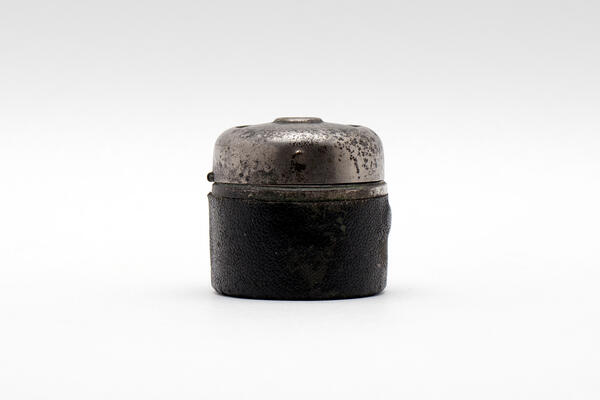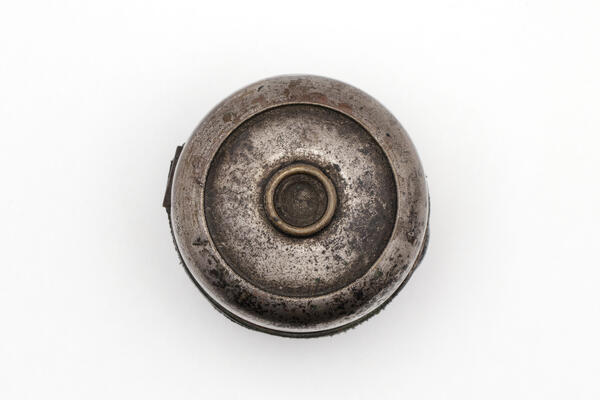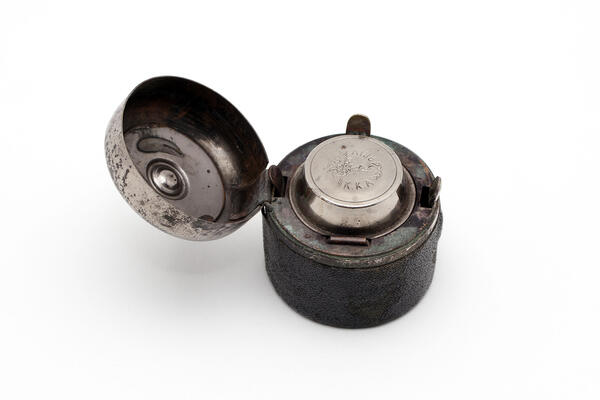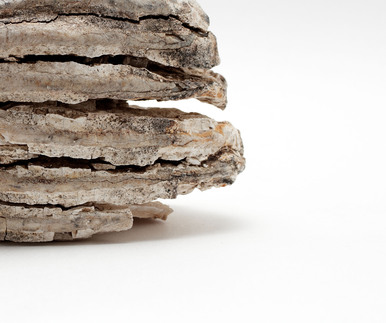This travel inkwell with a leather and a lid fixed with a button and an anchor emblem belonged to the Navy’s Danube Shipping Company. The cover has an engraved inscription “K.K.A. Priv.” which stands for “Kaiserlicher Konigslicher Adler Privilig”, which means “The Imperial Royal Eagle Privilege”. This is the Austro-Hungarian equivalent of “By Appointment to Her Majesty The Queen”.
Ink first appeared in ancient Egypt and China more than 4,000 years ago. Ink was made from a mixture of soot, water and natural dyes. Vessels for storing ink appeared at the same time. They were small and made of clay with two holes, one for access to ink, and the other for inserting a stick or pen.
Inkwells were often decorated with molded mythological characters and deities. With the development of writing utensils and technology, inkwells were made of metal, glass, leather, stone, and porcelain. Inkwells were made from precious metals and stones for wealthy households. From a simple writing accessory, inkwells turned into real works of art and a marker of the owner’s social status.
From the middle of the 18th to the 19th century, the inkwell experienced its golden age. The best jewelers, artists and sculptors worked on creating expensive inkwells. The Russian jeweler Carl Faberge contributed to this industry. Inkwells were made of bizarre shapes with the coats of arms of cities and noble families. Miniature portable inkwells were hung on chains or strings. They often depicted animals, people, ships and fabulous ornaments.
The invention of glass non-spills was a milestone in inkwell production. The British were the first to make them in the 17th century. The neck of such inkwells was made in the form of an inverted cone, so that even when the container fell, the ink remained inside. Non-spilling inkwells quickly became popular all over the world, especially in educational institutions.
Soviet school children also used non-spill inkwells. Most urban schools had one inkwell per two students, and rural schools had one per four. Students took turns dipping pens in ink and wrote letters and numbers on paper. This method of writing existed until the late 1970s, but even with the advent of fountain and ballpoint pens, Soviet first-graders learned to write with a fountain pen and ink.






